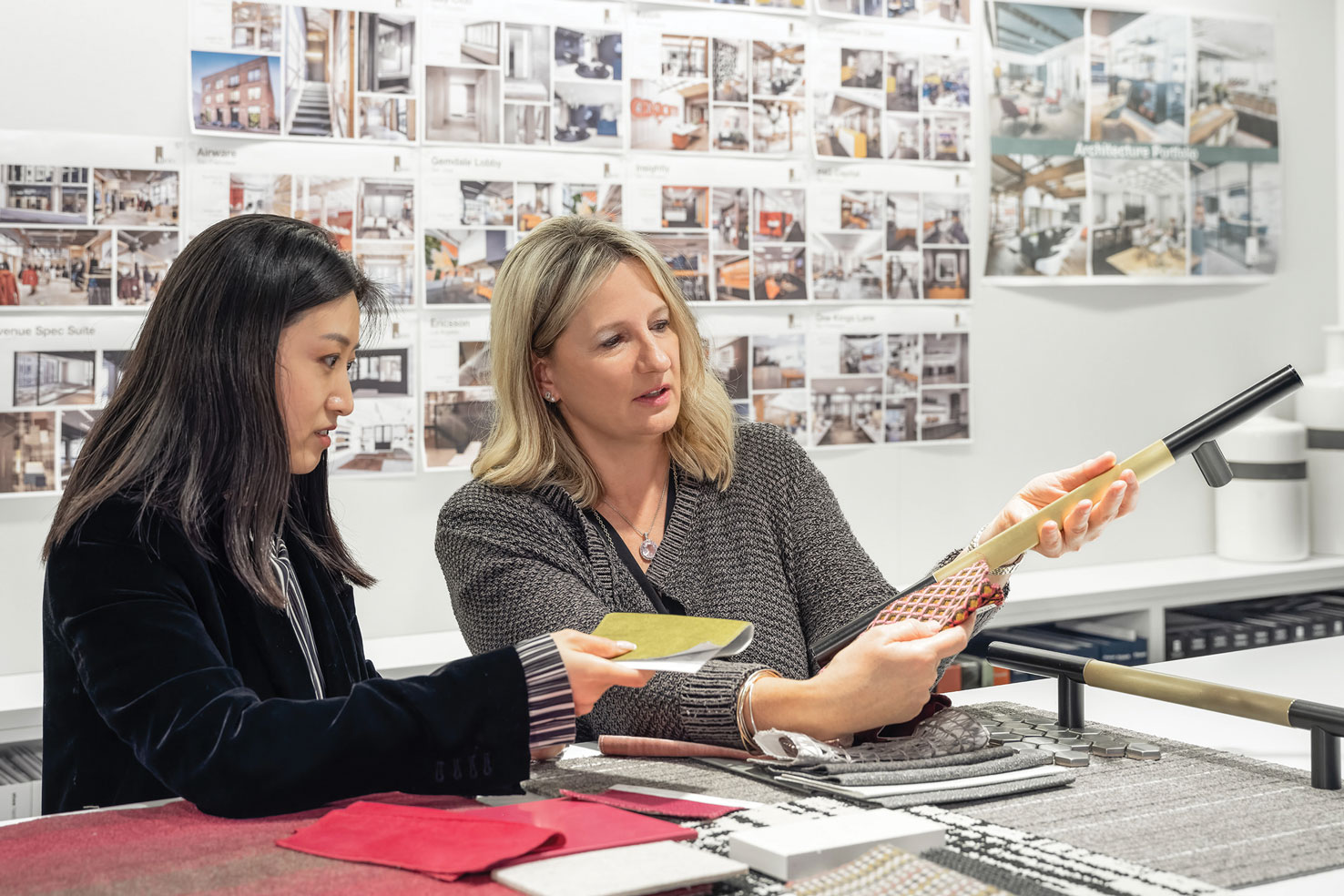As architects, engineers, owners, and construction managers embrace innovation at all stages of the project process, the industry has also begun to reevaluate how these stakeholders partner to deliver top quality projects, on time and on schedule. The STO Building Group family of companies has been leveraging alternative project delivery models for more than a decade now. Here, a handful of experts share how an integrated approach can add value.




What’s the difference between design-assist, design-build, and integrated project delivery (IPD)?
Burton: In design-build, the design team and the contractor are tied together and contractually share the risk. In construction management at-risk, or design-assist, the project is managed similarly to design-build projects, but the owner actually holds separate contracts for the designer and the contractor. This approach puts the owner in a position where they must facilitate issues that arise in scope between the designer and the contractor.
Hanzel: The big difference between IPD and design-assist is that the owner and the key trade contractors in an IPD agreement really share the risk and the success of the project. Because it’s a multiparty agreement, IPD projects tend to be more collaborative earlier in the project, which creates greater cost transparency throughout the process.
Gray: There’s more than one way to approach these delivery models. Govan Brown recently completed a project where we entered into a “hybrid” design-build agreement with the owner. The structure of this agreement had the owner holding the design contract through the schematic design and design development of the project, then the final design responsibility was assigned to Govan Brown for the construction documents and construction administration phases. This allowed the owner to maintain full control of the design itself but transferred the risk related to drawing coordination and administration to Govan Brown. This model was suitable for that owner as the design details were very important to them but they wanted to significantly reduce their risk on the project.
Why are more clients exploring alternative delivery models?
Soviero: Many clients have been reevaluating the layers of consultants and looking to put their trust in a proven strategic partner who can engage all parties up front at the inception of the project. The consultants’ agreements are held by the design-builder, and the terms and conditions are shared with each of the consultants. It becomes one team with one master agreement. This often naturally leads to less change orders and a reduction in schedule—which means the client is saving time and money.
Hanzel: LF Driscoll recently successfully completed an IPD project with a large healthcare client who I’ve worked with for years. On prior projects, I had been involved in excess of $800M worth of GMP-type contracts—and although those projects went very well, when it came time to build this flagship project, they chose an IPD model for a couple of key reasons: 1) an opportunity to be innovative early in the design process, 2) to create a more collaborative design and construction execution process that the entire team contributed to for a better outcome, 3) to reduce the number of change orders, and 4) to encourage resolution from any disputes between the construction manager and the architect when it came to design and scope. Although the IPD process was not without learning curves, it resulted in a highly collaborative project where all team members were vested in the project’s success—which ultimately delivered a leading-edge hospital.

How can builders drive value for clients on design-build and IPD projects?
Burton: Everyone talks about value engineering—but it typically comes after the fact. You’ve already made a run at the design and the budget, and quite frankly, it hasn’t worked. So now you’re working backwards to redesign or reestablish a level of material, which is costing you valuable time. With IPD and design-build jobs, Layton Construction can establish priorities with the client and put together an early budget—giving us a pre-established target value design to work towards. It’s a proactive move that allows us to react to supply chain challenges, get ahead of labor shortages, and work towards an end that’s acceptable to all.
Soviero: I agree, the value lies in the cost certainty and a proactive target value design. This approach results in the ability to identify and mitigate future risk very early in the process. Another benefit is the client gets a team leader—a single point of contact. This is ideally someone who’s experienced with construction, design, engineering, AV, furniture, etc. That’s a huge value-add when you’re on the design-build type of contract.
How do you gain buy-in and build trust between stakeholders?
Soviero: Leveraging an alternative delivery model requires a total rewiring of the traditional thought process, and there’s certainly a learning curve associated with that. So again, I think having that team leader constantly going over lessons learned and keeping the team on point is extremely important. Not only are they driving the process, but they’re able to help the client and all the internal groups understand how these delivery methods will be beneficial in the long run.
Hanzel: On the same IPD project I recently completed, almost everyone involved had very little or zero IPD experience—it was a shift for all of us. Approximately 100 people from 12 firms were co-locating in a central office and, suddenly, we had to learn to operate as a team. The construction team was primarily made up of trained engineers, and working day-to-day with a group of architects, you realize pretty quickly that we all process information differently. Team building activities early in the project were really important. We even did personality profiles, which were vital in helping us understand how different people think and communicate.

Gray: That certainly rings true for me. On our first major design-build project, we had some challenges communicating with the architect, because as Ed said, we think about things differently, we communicate differently, and we react differently. So, we took that lesson forward and decided to hire a design manager to work with our team. She’s a Govan Brown employee, but her job is to liaise with the consultants and the architects because she can speak their language—and it’s been very successful. It allows for smoother communication and we’re able to operate better as a cohesive group.
Burton: You can’t underestimate the importance of that mental shift. There’s a new level of trust that’s required. In this market, we must trust each other—it’s the only way to succeed. It’s important to choose team members who trust each other, speak openly, and communicate constantly.
